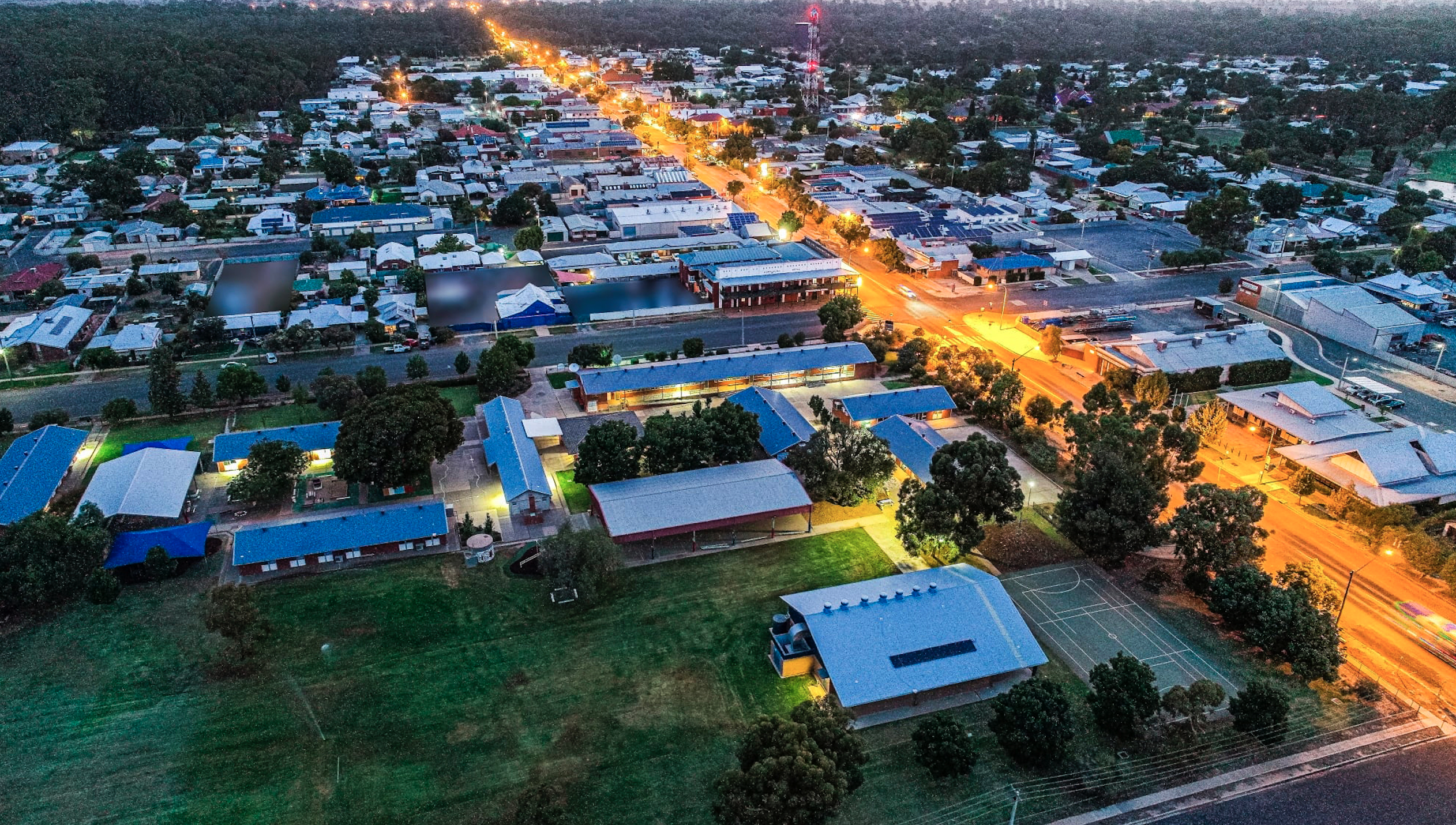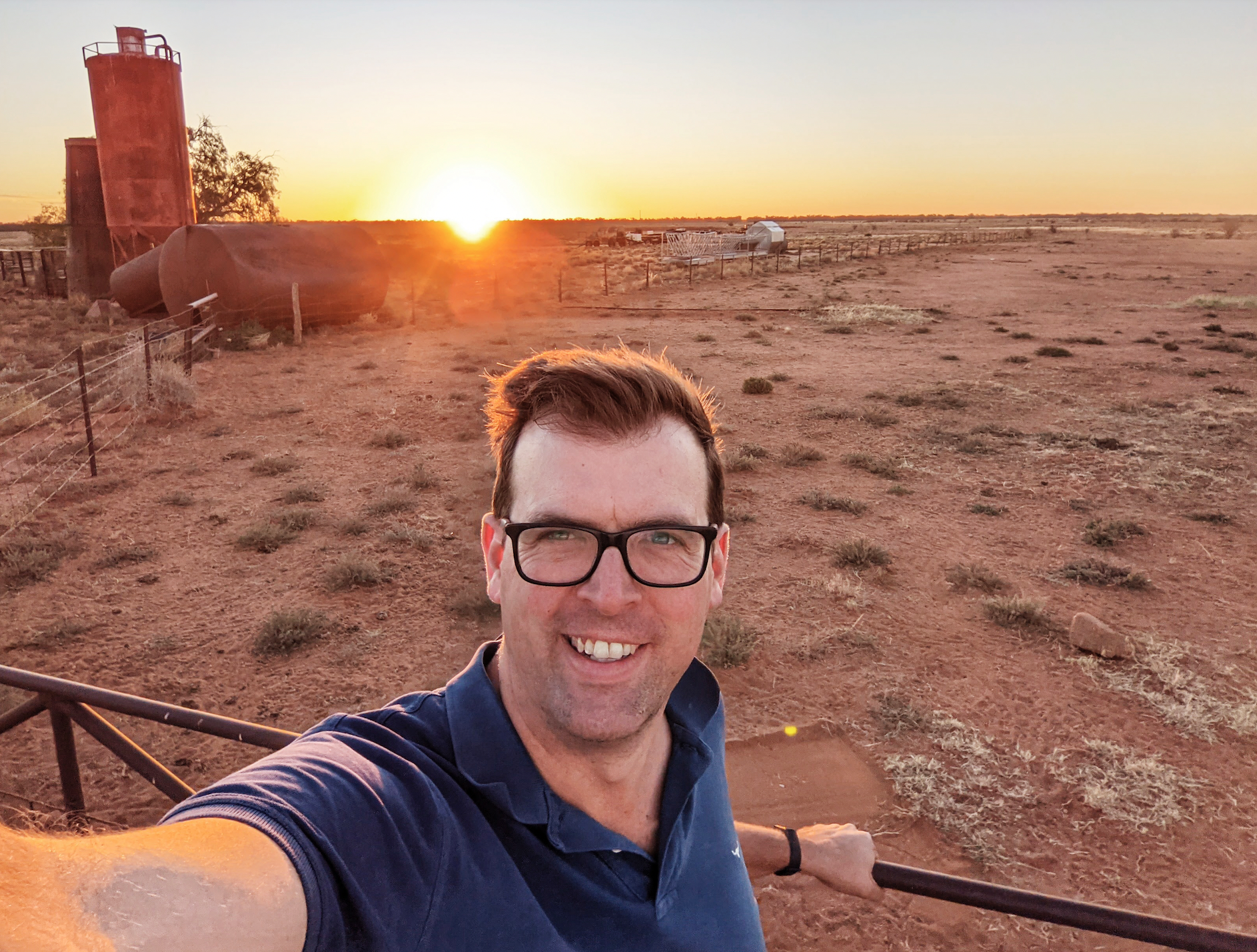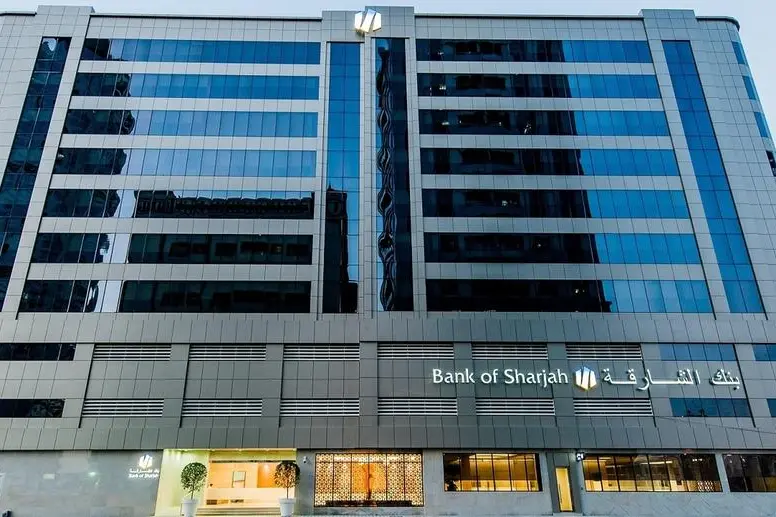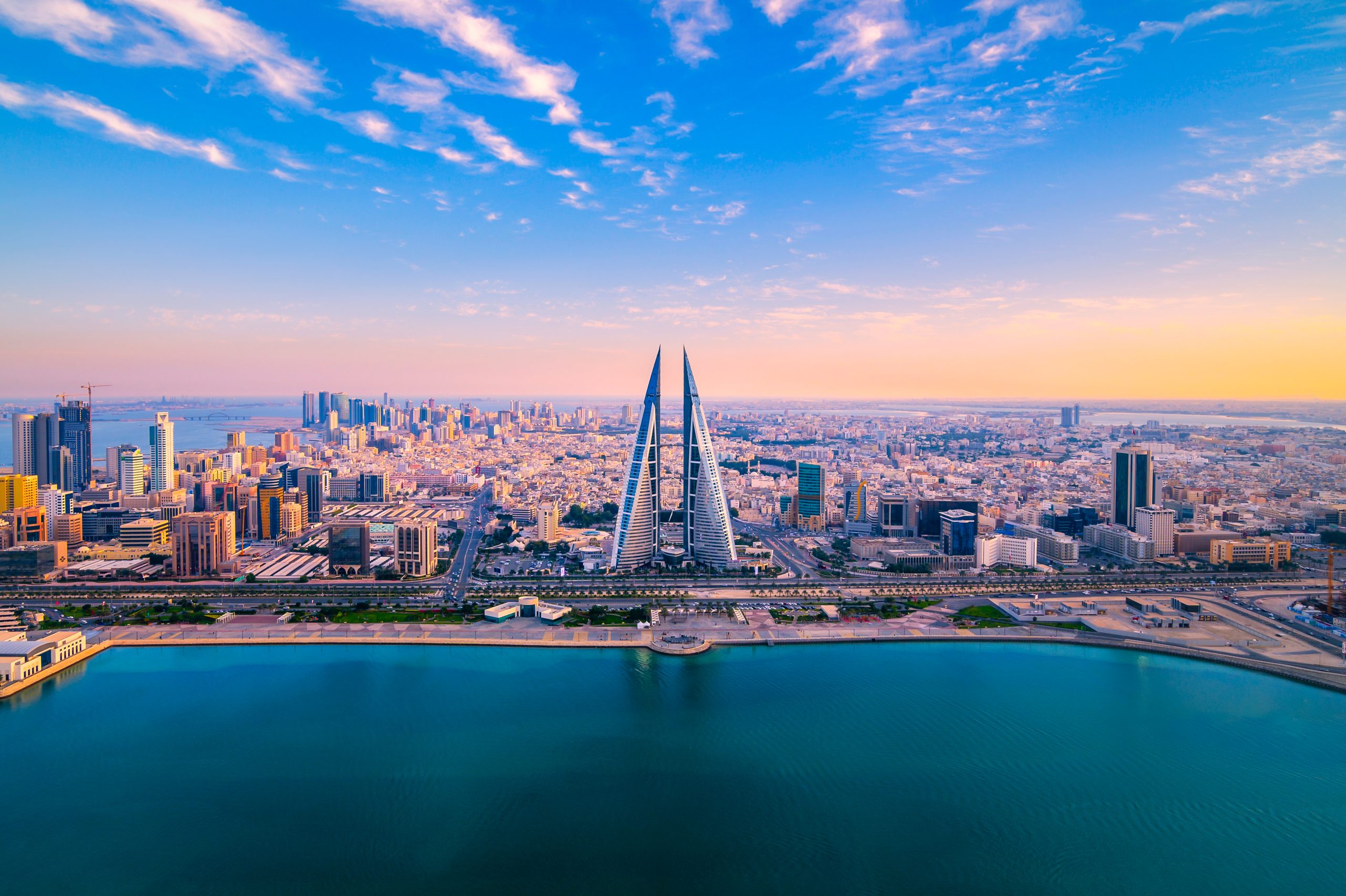The Australian regions stepping up – and cashing in – when Hollywood comes calling
Since Hollywood ‘discovered’ Australia during COVID, the local film industry has gone from strength to strength, reaping rewards across regional economies
When the Sydney Harbour Bridge was shut down in early 2023 so Ryan Gosling could film a stunt on it for his latest movie, The Fall Guy, all eyes were on the handsome leading man – and why not? But did you stop to think of the Aussie company that provided his lunch that day, the makeup artist who got him looking just right, the supplier who provided portable loos for the day’s filming, or even the helicopter crew tasked with helping shoot the adventure scene?
Keen for more stories like this? Order the latest issue of Kanebridge Quarterly magazine here.
Australia has long been a popular choice for Hollywood to film their blockbusters – The Great Gatsby at Manly, The Pirates of the Caribbean on The Whitsundays and Gold Coast, The Matrix in Sydney and Wolverine in Parramatta, to name a few. Behind the press conferences that congratulate the government for bringing such productions down under and the media snippets that catch glimpses of the leading man or lady caught walking our streets, it’s small businesses that benefit.
Since 2018, 39 international movie productions have been filmed in Australia – predominantly the east coast states of NSW, Victoria and Queensland – which has generated more than $3.3 billion in private investment and provided more than 24,100 jobs for local cast and crew, according to data from the Department of Infrastructure, Transport, Regional Development, Communications and the Arts.
A report titled Creative Industries Ripple Effect by UK-based consultancy Olsberg SPI found that 63 percent of the expenditure derived from making a movie or film went to businesses outside of the film industry – to the construction, catering, hair and makeup, real estate, tourism, hospitality and countless other businesses that benefit when an international film production company rolls into town.
The town of Hay in south western NSW was struggling last year after months of COVID state border lockdowns decimated their Sydney to Adelaide drive-through tourism. When a big budget Hollywood action film (that cannot be named) chose the Riverina town to film, it was a lifeline.
“The impact was immediate and tangible,” says the economic development officer for Hay Shire Council, Alison McLean.
“There was $7 million in economic activity just from the cast and crew being in town. It was also incredible from a confidence-boosting point of view for our businesses; all of a sudden there were 400 extra people spending money in the region and the businesses really stepped up and took a lot of pride in providing excellent service.”

She said the most obvious impact was on the accommodation sector which had suffered a 60 percent downturn in revenue and as a result of the filming in town, there was a 72 percent increase.
For The Whitsundays in Queensland, it is hoped the long term benefits of movies like Pirates of the Caribbean and, more recently, Ticket to Paradise starring Julia Roberts and George Clooney will translate to tourism dollars.

“After the movies are released, we reap the tourism rewards as our stunning region is up in lights,” says Tourism Whitsundays CEO Rick Hamilton. “If you Google Ticket to Paradise, you’ll find it was filmed at Palm Bay Resort and Hamilton Island, both island resorts that are bookable by visitors.
“The beauty of The Whitsundays is that it’s hard to disguise. Hollywood can change the location, but it still looks like The Whitsundays.”
Locations manager Jeremy Peek — who has worked on Mad Max: Fury Road (2015), Alien: Covenant (2017), Peter Rabbit 1 and 2 (2018 and 2021) and Three Thousand Years of Longing (2022) — says international film production is a growing sector. He says COVID shone a spotlight on Australia as an ideal filming location and the effects of that have continued beyond the opening of borders.

“Early on when COVID hit it was felt that we were just about the only country in the world who could keep going and the world looked to us as a safe haven to film in,” Peek says. “(Netflix series) Pieces of Her, for example, was due to start shooting in Vancouver when COVID hit, they’d built sets and everything, but they moved the shoot here. And Three Thousand Years of Longing, which was originally meant to be shot in Sydney, London and Turkey, was re-scouted to Sydney because there was confidence in Australia being a safe place to work.”
Peek says the government incentives and rebates are important now that the COVID scare has passed because they show Australia can compete on a world stage.
It’s for this reason Ausfilm CEO, Kate Marks, believes the incentives the State and Federal Government offer to attract the likes of Disney, Universal, Marvel and Netflix to our shores need to be increased.
There is the Location Incentive grant, which is a merit-based offer that entitles an international production company to a grant worth 13.5 percent of their production expenditure. A secondary offer, the Location Offset Rebate, provides a 16.5 percent tax break. When used together, they result in a 30 percent carrot dangling in front of production companies. But only the Location Offset is permanently legislated.
“On its own the 16.5 percent Location Offset is not going to stay competitive for Australia on a world stage for too long,” she says. “Ideally, we would love to see a 30 percent Location Offset incentive as it’s the best option to provide ongoing certainty for companies.
“There are studios who are coming back again and again; NBC/Universal have done 13 film and television projects here, and studios like Disney and Warner Bros also keep coming back.
“We need to see that continue.”
And it appears the Federal Government has listened, announcing an increase to the Location Offset from 16.5 per cent to 30 percent for eligible productions in the recent budget.
It’s a move Peter Davey, co-CEO of law firm EMT, who specialise in entertainment, media, sport and technology advice, has welcomed.
“With the offset established, Australia will remain a highly attractive location for international productions and the investment in talent and jobs here will continue to grow,” Davey says. “In the details of the Government’s announcement, there are also requirements for international companies to, for example, commit to training and to work with Australian digital, visual effects and post production companies.”
Film and television producer James Hoppe adds Australia needs to expand its studio space, evolve the foundation of film technology and increase the local labour force in order for international film production in Australia to grow.
“The labour force can only handle so much and when an international production comes in, they suck up all the labour pretty quickly,” the owner of Maker Films says.
“There needs to be an implementation by local council so they can handle the influx of an international production. When Marvel took over Fox Studios and Elvis was being filmed on the Gold Coast and Robbie William’s Better Man was being filmed in Melbourne, it sucked up a lot of the labour force and production facilities and it was difficult for other international or local producers to access required resources.”
Chris Dixon, a partner who led the charge, says he has a ‘very long-term horizon’
Americans now think they need at least $1.25 million for retirement, a 20% increase from a year ago, according to a survey by Northwestern Mutual
Highlighting a significant recovery and robust growth across all key performance metrics.
Bank of Sharjah has released its results for the period ending 30 June 2024, showcasing robust performance and strong momentum since the beginning of the year. The Bank reported a net profit of AED 171 million, a significant turnaround from the AED 144 million loss in the same period last year.
This remarkable improvement is attributed to a substantial increase in net interest income, stringent credit underwriting, and reduced operating costs, marking a 233% increase over the previous year when excluding the one-time impairment charge from de-linking its Lebanese subsidiary.
The Bank’s exceptional financial results highlight the effectiveness of its strategic focus on sustainable growth, with notable improvements across all major performance metrics. Funded and unfunded income both saw increases, with net interest income rising by 108% and operating income growing by 34%.

Additionally, the cost-to-income ratio improved significantly to 40.1% due to cost discipline measures. The balance sheet remains strong with a loans-to-deposits ratio of 86.63%, indicating comfortable liquidity. The Bank also maintains strong capitalization, with a regulatory capital adequacy ratio exceeding 15% and Tier 1 and CET1 capital ratios around 14%. These positive results underscore the Bank’s underlying strength, operational efficiency, prudent risk management, and ongoing enhancement of shareholder value.
Commenting on the Bank’s results, Sheikh Mohammed bin Saud Al Qasimi, Chairman of Bank of Sharjah, stated: “We are pleased with our outstanding performance in the first half of 2024, which reflects our commitment to adding value to our customers, supporting our communities, and rewarding our shareholders. Despite the challenging geopolitical situation in the region, the UAE economy has remained resilient and continues to register healthy growth following various economic diversification initiatives that provide consistent impetus for trade, investment, and wealth creation. Bank of Sharjah has entered a new chapter with a new leadership team, focused on building new business streams, expanding our reach across the UAE and the region, and delivering exceptional service to our customers.”
He added: “Our performance in the first half of the year demonstrates the effectiveness of our new strategy, and we look forward to delivering continued growth in the years to come.”

The CEO, Mr. Mohamed Khadiri, commented “2024 has begun exceptionally well for Bank of Sharjah, with the bank achieving a record year-on-year profit. I am delighted with our stellar performance as we continue to strengthen the bank’s fundamentals. Our outstanding results reaffirm that our new business strategy is on track to deliver sustainable revenue growth, driven by business expansion, operational efficiency, prudent risk management, and talent development. This achievement is also a testament to the Bank’s success in providing high-quality financial services that meet the aspirations and growing needs of our customers.”
He further added: “Bank of Sharjah is a strong and respected brand within the local community. We are leveraging our core strengths to build a platform that will operate at its full potential across the UAE and the region. The Bank remains focused on executing our strategy and is well-positioned to maintain strong performance throughout 2024 and beyond.”
Chris Dixon, a partner who led the charge, says he has a ‘very long-term horizon’
Americans now think they need at least $1.25 million for retirement, a 20% increase from a year ago, according to a survey by Northwestern Mutual

















